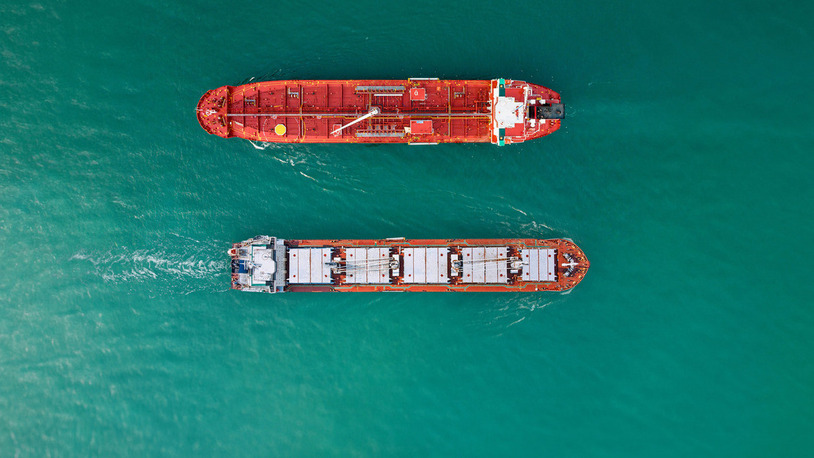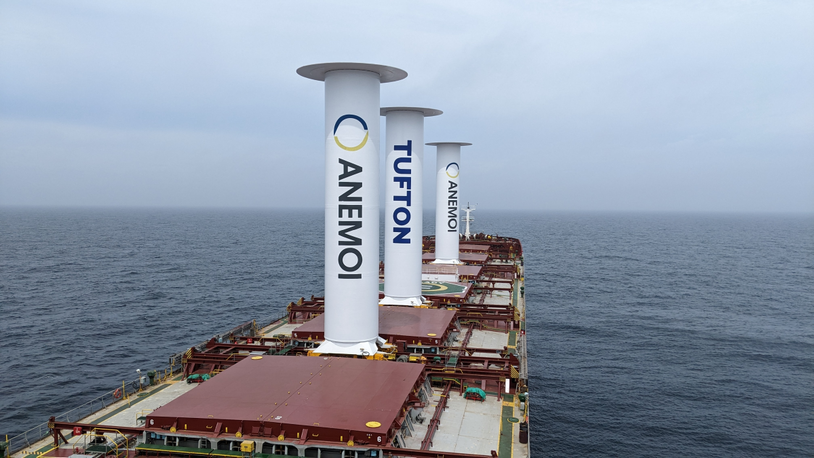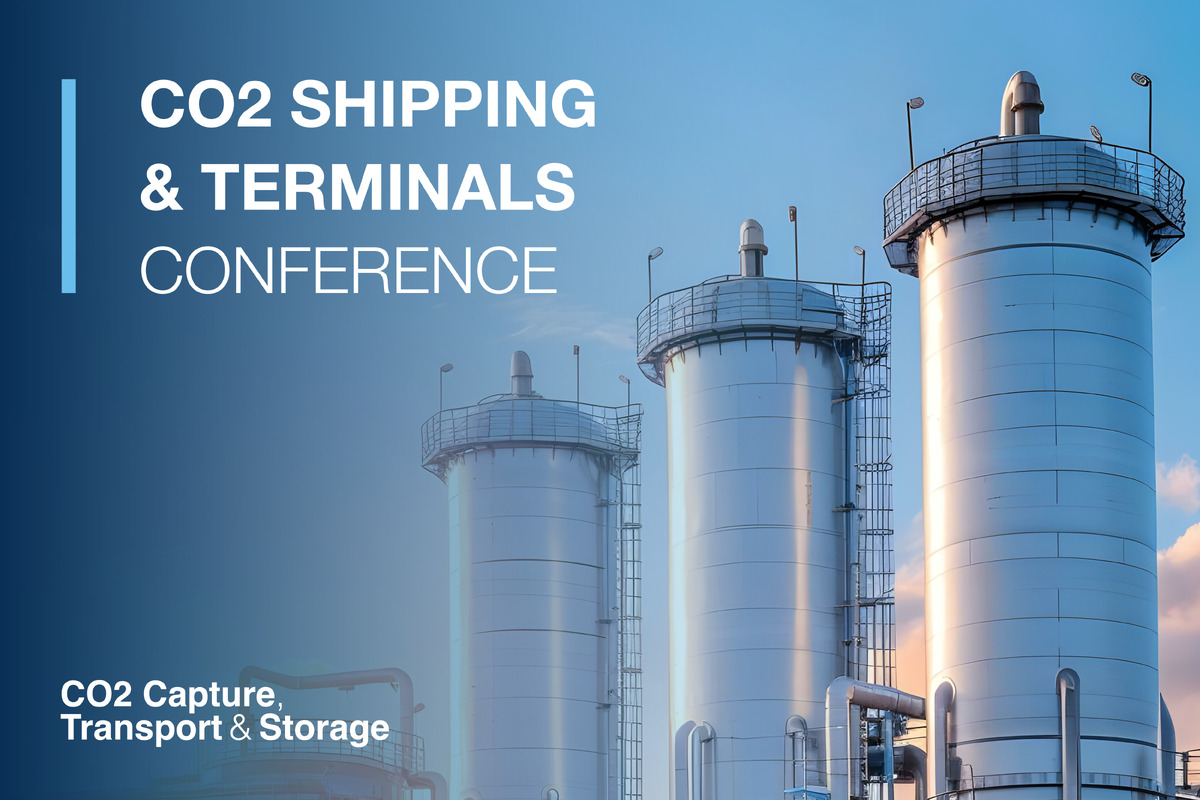Business Sectors
Contents
Propeller development to help with EEDI achievement
Future development of propellers will play a central role in the ability of the industry to meet its environmental obligations. The manager of the machinery section of Bureau Veritas’s development department, Jacques Desdouits, says, “For propellers, the focus is on performance, since it is one of the major areas of potential improvement in terms of energy usage. This is why BV is taking part in R&D and industry programmes aimed at benchmarking energy-saving devices, developing new propulsor concepts, determining the influence of marine fouling, and developing accurate hydrodynamic models. Major participants include Maersk, Wärtsilä, Marin, TNO (of the Netherlands), and STX (of France and Finland).” Mr Desdouits says, “Loss of energy will be calculated at the design stage and will be monitored in operation in order to calculate the energy efficiency design index (EEDI) and energy efficiency operational index as developed at IMO.”
The wisdom of this approach was strengthened in July when IMO formally adopted a binding agreement that will lead to the member states implementing the requirement for new ships to have an EEDI by 2013.
RINA head of machinery in the electrical and risk assessment sector, Andrea Cogliolo, says, “Considering the strong push toward fuel saving, both for economic and environmental reasons, we expect more and more focus on propeller efficiency. We expect this will be achieved both by optimising ‘traditional’ propellers to a lower speed (whose value will be established by taking account of actual use) and by boosting the use of fixed appendages (such as kort nozzles and mewis ducts) and rotating ones (propeller boss cap fin, etc.), as well as other systems like contra-rotating propellers and finned blades.”
The head of propellers and cavitation at HSVA (Hamburgische Schiffbau Versucha Anstalt,) Christian Johannsen, says the most promising developments in the future will be: contracted loaded tip (CLT) propellers, ‘Kappel’ type propellers, and New Profile (NP) type ones from Stone Marine. The CLT propellers have an end plate that is perpendicular to the face of the blade, preventing the flow of water from one side of the blade to the other: this means there will be higher pressure on the working side of the blade, improving efficiency. The function will be similar to the angled wing tips on some aircraft.
Mr Johannsen says coatings have the potential to increase the efficiency of propellers. Coatings specialists Hempel and International Paint Ltd have both carried out tests on propeller coatings, and the benefits in terms of reducing life cycle costs are becoming clear. Deterioration in propeller performance occurs in a variety of ways, including corrosion, cavitation, impingement and marine fouling. These can have a considerable negative effect on propulsion efficiency. Appropriate coatings can mitigate the effects of certain of these modes of deterioration but, historically, propellers have not generally been coated for this purpose.
In recent years, ‘Foul Release’ coatings – based on a new technology for prevention of fouling – have been developed. These ultra-smooth coatings rely on low surface energy and water movement over the surface to keep fouling from attaching, so they are ideal for use on propellers where the water velocity around the blades is very high. The marketing development manager at International Paint, Jim Brown, says the company’s “conclusion on coating propellers with Intersleek is that there is little performance benefit to be gained in coating a clean and smooth propeller. But fouling prevention can be achieved, removing the need, time and expense of in-water cleaning during the in-service period.”
Having invested considerable sums in research and development, manufacturers are looking to achieve maximum return on their investments by carefully evaluating concepts and moving forward accordingly.
“It seems that the Kappel propeller design has been extensively investigated in a number of comparative model tests,” says Goran Grunditz from the Rolls-Royce Hydrodynamic Research Centre in Kristinehamn. There is every reason to believe these tests have been correctly performed and analysed, so the effect of the Kappel propeller should be rather well documented. The robustness of this kind of design can be debated, especially when utilised for controllable pitch (CP) propellers. The performance in off-design conditions such as one engine/shaft or astern operation is less sure than the design point performance. The static and dynamic strength of the propeller blade tips, especially for ice-class propellers, could be an area that needs further investigation and experience to gain more confidence in the design. Generally, the Kappel propeller design type is an interesting philosophy that can provide benefits for special purpose propeller design.”
This point was confirmed by senior vice president and head of technical services at Norden, Lars Lundegaard, who explained that the Kappel design has been evaluated in back-to-back comparisons on Norden sister ships. Fuel savings in the region of 4 per cent were found at the vessels’ optimised speed. But when the vessel is manoeuvring or slow steaming, the design is not so efficient. Mr Lundegaard says, “Norden has bought into the NP type propeller technology. In-service data is not yet available, but we hope to make savings.”
Mr Lundegaard says any future design of propeller must be as efficient as possible over the operational range of the vessel, entailing full speed, slow steaming, manoeuvring and, increasingly, operation in ice waters. A shipyard will also be very reluctant to fit a non-standard propeller to one of its vessels because it would be liable in the event of a failure. If an owner insists, it will cost extra and will reduce the length of the warranty. Mr Lundegaard says, “The introduction of EEDI will push yards to look at new ideas.”
The CLT type propeller improves efficiency by maximising the capture of energy available and minimising wastage. The NP type of propeller increases efficiency by reducing the cavitation, channelling the energy into useful work. Extensive research is focused on the development of ideas and equipment that will improve the flow of water to and from the propeller, allowing it to function more efficiently.
The mewis duct is one such device, as is the Promas system developed by Rolls-Royce at Kamewa. Mr Grunditz says, “The hubcap is purely a faring cover and is mounted outside of the standard CPP hub cylinder. It has nothing to do with the strength or the hydraulics of the hub. Only minor changes are needed to the standard hub, which keeps extra costs to a minimum. For fixed bolted propellers and monoblocks, the Promas hubcap replaces the standard cap.”
A tapered hubcap fitted to the hub of the propeller leads the water flow on to a bulb, which forms part of the spade rudder. The rudder has a twisted leading edge, optimised for the flow from the propeller, which converts some of the swirl energy that is normally lost in the slipstream into additional forward thrust. The result is an increase in propulsive efficiency of about 6-8 per cent, depending on application,
MAN Turbo and Diesel is of the view that there is not a design trend toward fixed pitch (FP) propellers or controllable pitch (CP) propellers. The choice of type will be determined by the application. “The FP propeller has its merits in the high powered range with direct driven propellers and where manoeuvrability is not essential,” says head of MAN’s research and propeller design department, Jens Ring Nielsen. “This points to vessel types like tankers, bulkers and container ships with a TEU capacity above 2,000 and that in general have a more or less constant operating profile with limited berthing. The CP propeller has its strong foothold where manoeuvrability is required and most often in connection with four-stroke propulsion systems. Here the vessels would be from a wider range: roro, ferries, tugs, offshore anchor handling tug/supply vessels and platform supply vessels, along with fishing vessels, container feeders and other vessels that often call into harbour.”
The development of propellers for extended use in ice conditions has been identified by a number of organisations as a feature of their forward planning.
BV says the trend today is to develop ice-breaking merchant ships using the double-acting principle. It consists of using podded drives in stern navigation mode that are able to mill the ice, considerably improving the ice-breaking capacity. Major organisations involved in this work include Aker Arctic and the Pod manufacturer ABB. BV is involved in cooperative programmes with them in order to develop appropriate guidelines and rules for such ships.
Mr Desdouits says BV has developed a strength verification tool for propellers with ice loads, based on FEM calculations. “BV has also completed the development of a rule note covering the propulsors used in ice conditions. BV is participating in the working group in charge of the development of the Finnish-Swedish ice-class rules for azimuth thrusters.”
Stone Marine sees the development of propellers for ice conditions as an important part of its work. Mr Bodger says it was usual for propellers to be made of nickel, aluminum bronze but Stone Marine propellers made for use in ice conditions are made of magnesium, aluminum bronze, otherwise known as the alloy, ‘stuperston’. The net effect of using this material is that the propeller loses a bit on fatigue strength but has a higher tensile strength, which is better suited to propellers that will be used in ice conditions.
Composite materials have the potential to be used for a variety of components that make up parts of a ship. RINA believes they could be used in the construction of propellers. Mr Cogliolo says, “We do not see, in principle, a limit to composite propellers, nor technological ones.” But Mr Johannsen is of the opinion that the industry will not move away from bronze propellers in the foreseeable future. John Eckart says, “We will probably see more use of composites for marine propellers, primarily for naval applications. The high cost of composite materials will make it difficult for them to compete with metal propellers for most commercial applications.” MP
Related to this Story
CMB.Tech 'positive' on IMO's new framework, hails ammonia as 'the way forward'
IMO’s net-zero plan poised to pressure ageing fleet with rising costs
Events
Reefer container market outlook: Trade disruption, demand shifts & the role of technology
Asia Maritime & Offshore Webinar Week 2025
Marine Lubricants Webinar Week 2025
CO2 Shipping & Terminals Conference 2025
© 2024 Riviera Maritime Media Ltd.













